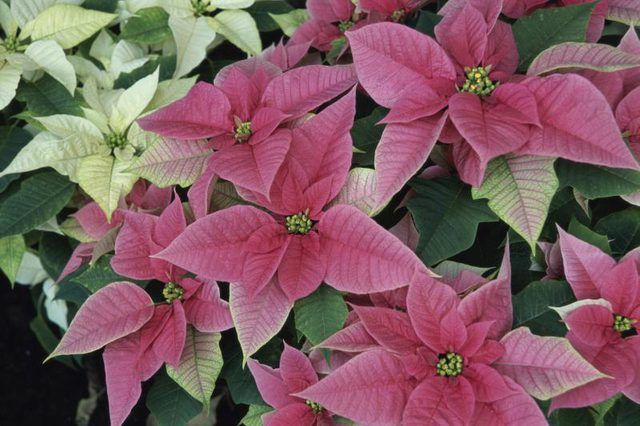Bulbs
Flower Basics
Flower Beds & Specialty Gardens
Flower Garden
Garden Furniture
Garden Gnomes
Garden Seeds
Garden Sheds
Garden Statues
Garden Tools & Supplies
Gardening Basics
Green & Organic
Groundcovers & Vines
Growing Annuals
Growing Basil
Growing Beans
Growing Berries
Growing Blueberries
Growing Cactus
Growing Corn
Growing Cotton
Growing Edibles
Growing Flowers
Growing Garlic
Growing Grapes
Growing Grass
Growing Herbs
Growing Jasmine
Growing Mint
Growing Mushrooms
Orchids
Growing Peanuts
Growing Perennials
Growing Plants
Growing Rosemary
Growing Roses
Growing Strawberries
Growing Sunflowers
Growing Thyme
Growing Tomatoes
Growing Tulips
Growing Vegetables
Herb Basics
Herb Garden
Indoor Growing
Landscaping Basics
Landscaping Patios
Landscaping Plants
Landscaping Shrubs
Landscaping Trees
Landscaping Walks & Pathways
Lawn Basics
Lawn Maintenance
Lawn Mowers
Lawn Ornaments
Lawn Planting
Lawn Tools
Outdoor Growing
Overall Landscape Planning
Pests, Weeds & Problems
Plant Basics
Rock Garden
Rose Garden
Shrubs
Soil
Specialty Gardens
Trees
Vegetable Garden
Yard Maintenance
How to Grow Poinsettias
How to Grow Poinsettias. Bringing winter cheer with their bright red flowerlike bracts, poinsettias (Euphorbia pulcherrima) grow outdoors in U.S. Department of Agriculture plant hardiness zones 9 through 11. These spindly, brittle shrubs reach 3 to 10 feet tall and 3 to 7 feet wide, but it's their distinctive red bracts that are so much in demand...

Bringing winter cheer with their bright red flowerlike bracts, poinsettias (Euphorbia pulcherrima) grow outdoors in U.S. Department of Agriculture plant hardiness zones 9 through 11. These spindly, brittle shrubs reach 3 to 10 feet tall and 3 to 7 feet wide, but it's their distinctive red bracts that are so much in demand during the holidays. If you want to try growing your own poinsettias, the secret to making the bracts appear is making sure the plants receive a minimum of 12 hours' complete darkness every night from fall through early winter.
Growing Conditions
Poinsettias need full-sun sites and well-drained soil to grow and flower well, so locate these deciduous shrubs in a site that receives at least six hours of direct sunlight per day throughout the year. These shrubs tolerate most soil types, but prefer moist, fertile soil with a pH between 5.5 and 6.5, and won't survive prolonged periods in soggy soil.
If you're growing poinsettias as a hedge, space the main stems about 2 feet apart; in garden beds, space them about 3 to 5 feet apart, according to the density you desire.
Be aware that even short periods of light at night during fall and early winter delay or prevent flowering, so don't grow poinsettias near street lights or security lights if you're growing them for their red bracts.
Watering and Fertilizing
Adequate water and plenty of fertilizer encourage healthy growth in poinsettias; prolonged dryness causes poor growth and the loss of lower leaves. Water poinsettias when the soil is dry to a depth of 1 inch, and spread a 2-inch layer of organic mulch around the plants, pulling it back from the stems. Organic mulches, such as garden compost, leaf mold and shredded bark, conserve soil moisture and and add nutrients to the soil as they decompose.
Fertilize poinsettias every month when they're actively growing by applying an 18-6-12 granular fertilizer product at a rate of 2 pounds per 100 square feet, or 1 to 2 ounces per plant. Mix the fertilizer into the surface of the soil, and water it in thoroughly to begin the fertilizing process.
Pruning Poinsettias
Pruning poinsettias encourages these leggy shrubs to grow dense and compact. But before you begin, wipe your pruning shear blades with a cloth soaked in rubbing alcohol to inhibit the spread of disease. Cut the plants to 12 to 18 inches tall and wide, pruning just above a leaf on each stem and follow up by sterilizing the pruning blades when you're finished.
Prune poinsettias in spring when flowering is over and during the growing season when new growth reaches 12 inches long, which is usually every one to two months. Prune each shoot to leave four leaves, cutting just above the highest leaf.
Preventing Magnesium Deficiency
Magnesium deficiency is often a problem with poinsettias growing in sandy and chalky soils. Symptoms include yellowing between leaf veins and scorchlike markings on leaf tips and edges. Treat affected shrubs by sprinkling Epsom salts around them in early spring and at about midsummer. Apply the salts at a rate of 3 tablespoons per square yard, and water the powder into the soil.
Preventing magnesium deficiency is easier than treating the problem. Before planting poinsettias, apply dolomite at a rate of 2 pounds per 100 square feet, or 1 to 2 ounces per shrub. Mix the powder into the dug soil.